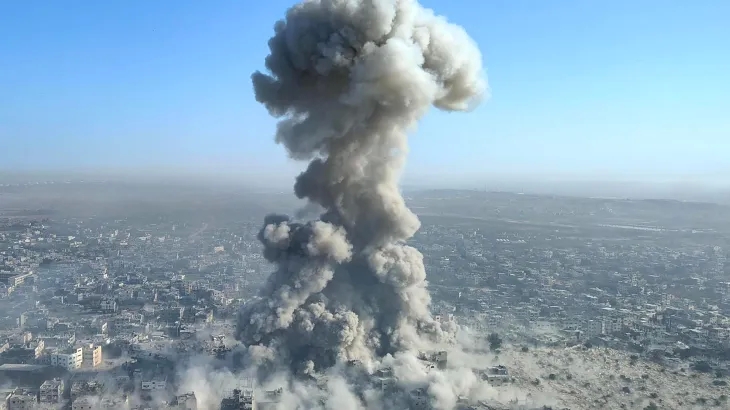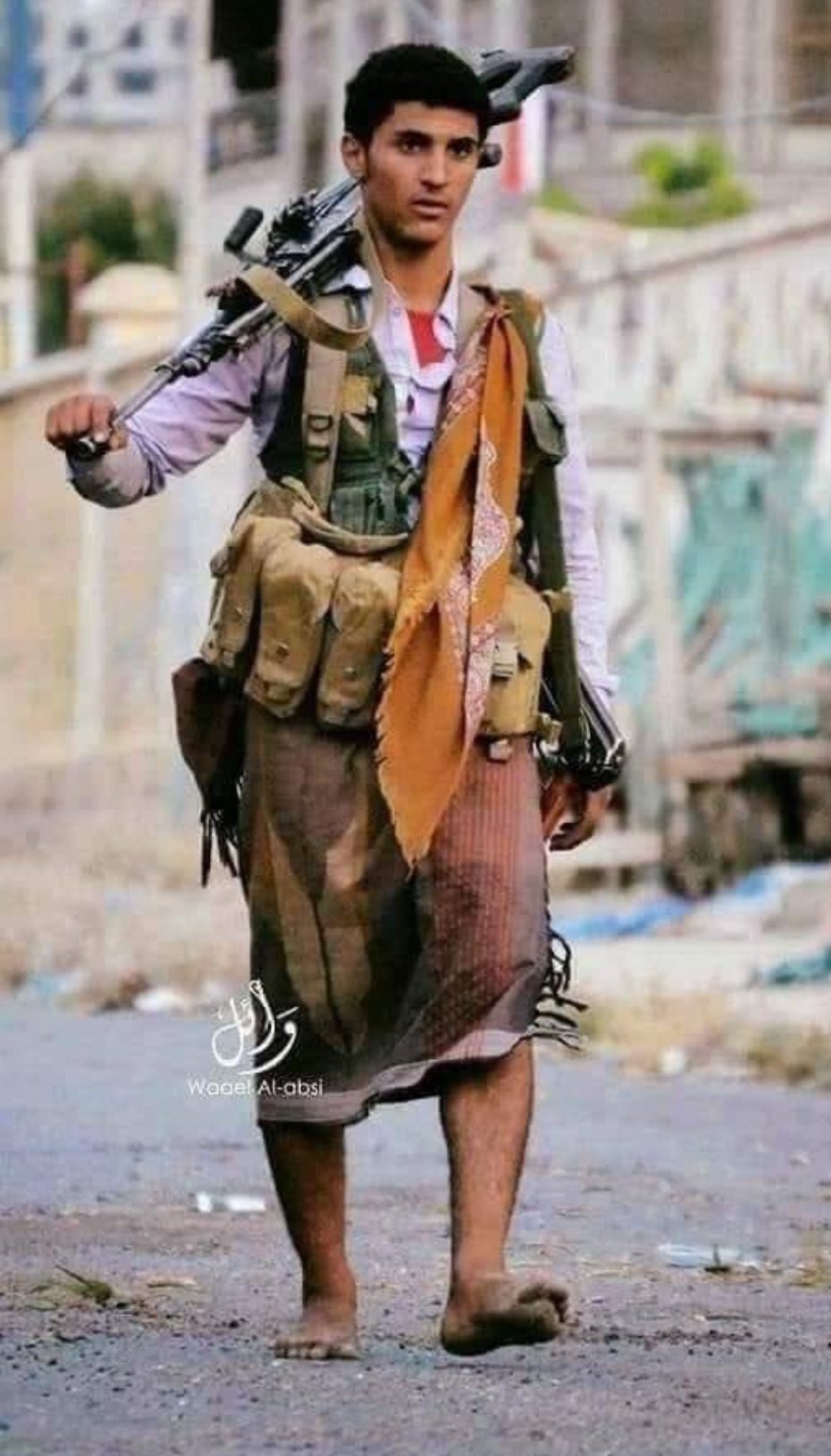
In his military analysis of developments in Gaza Strip, strategic expert Colonel Hatem Al-Falahi, confirms the continual rocket fire from the Gaza Strip reflects the total failure of the Israeli military strategy, despite its unlimited international support.
He was commenting on the sirens in the Kerem Abu Salem area and Sderot and its surroundings, following the launch of Palestinian resistance rockets from the southern Gaza Strip.
Al-Falahi explained these rockets continue within the context of the ongoing Doha negotiations.
The military expert pointed out the continued firing of rockets after more than 15 months of war confirms that Hamas still possesses great military capabilities. He explained this sends a clear message that the resistance forces are preparing themselves for a long-time battle.
With regard to the military operations in the northern Gaza Strip, Al-Falahi stressed on Al Jazeera the continuation of the resistance there, despite the Israeli operation for the last 100 days, proves Israel’s failure to achieve its military goals.
He added the war, despite the great capabilities available to the Israeli occupation army and American and Western support, is unable to break the will of the Palestinian resistance.
A hotbed of depletion
Al-Falahi explained that the northern areas, especially Jabalia and Beit Hanoun, have turned into a “great hotbed of depletion” for the Israeli army.
He pointed to the great developments in the resistance factions’ strategies, as they began to benefit from the unexploded missiles and bombs of the Israeli army whilst employing them in their confrontation operations.
In his assessment of the general military situation, the military expert warned the goals that the Israeli army was unable to achieve in the past period will not be realized as the war extends further.
He especially pointed to the resistance success in retaining the Israeli prisoners, despite the huge capabilities and intelligence gathering available to the occupation army.
Al-Falahi stressed that the confrontations in Gaza have become “highly qualitative and bloody” due to the development of the resistance’s methods, pointing to the ability of the Palestinian factions to adapt to the various circumstances of battle, especially in the areas of the northern Gaza Strip according to Jo.24


 Houthis:
Houthis:




